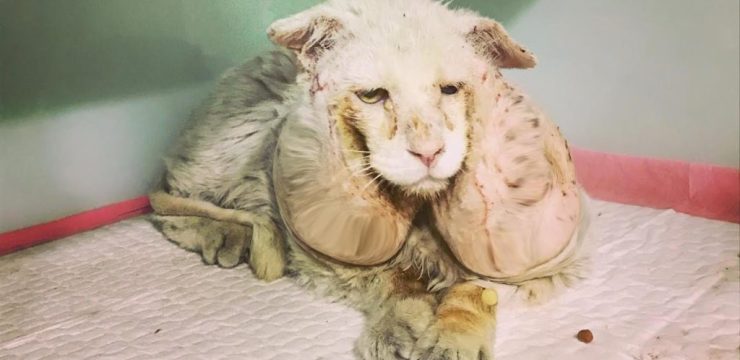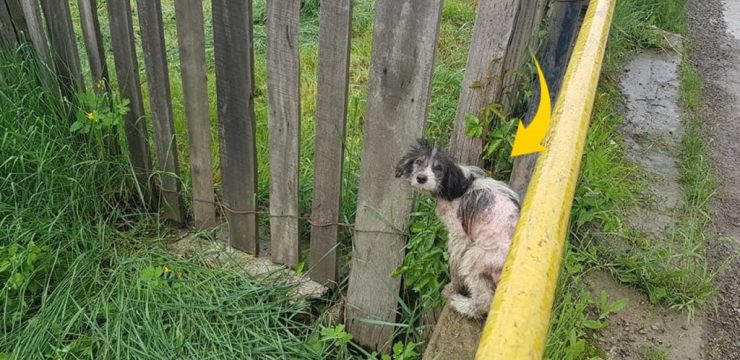Pork is a staple in many households, loved for its versatility and delicious flavor. However, not all parts of the pig are equally safe to eat. Some areas are more prone to bacteria, toxins, and harmful microorganisms, making them less suitable for regular consumption.
Health experts have identified three specific pig parts that pose significant health risks if not properly handled or prepared. Let’s break down which parts you should avoid and why they’re considered potentially harmful.

1. Pig Neck
At first glance, pork neck might seem like a tasty cut, often used in barbecues and stir-fries. However, health professionals advise against consuming it frequently.
Why Is the Pig Neck a Health Concern?
- The pig’s neck contains numerous lymph nodes, which are part of the animal’s immune system. These nodes can harbor bacteria, viruses, and toxins.
- During slaughter, a significant amount of blood passes through the neck area, increasing the risk of contamination.
- Pathogens from infected lymph nodes may not always be destroyed during the cooking process, posing a health risk even when the meat appears well-cooked.
Health Tip: If you choose to eat pork neck, ensure it is sourced from a trusted supplier and cooked thoroughly at high temperatures to minimize health risks.
2. Pig Intestines
Pig intestines are often enjoyed in dishes like sausages, stews, and fried delicacies. However, they are one of the dirtiest parts of the animal and require careful cleaning and preparation.
Why Are Pig Intestines a Health Concern?
- Intestines naturally contain feces, bacteria, and various microorganisms, many of which can cause illnesses if not properly removed.
- Common pathogens found in pig intestines include E. coli and Salmonella, both of which can lead to serious food poisoning.
- Improper cleaning and preparation can leave behind harmful residues that persist even after cooking.
Health Tip: If you plan to consume pig intestines, make sure they are thoroughly cleaned, boiled at high temperatures, and cooked properly to eliminate harmful bacteria.
3. Pig Lungs
Pig lungs might be used in soups or stews in some culinary traditions, but they come with their own set of health concerns.
Why Are Pig Lungs a Health Concern?
- Pigs are ground feeders and often breathe close to the soil, inhaling dust, parasites, and harmful bacteria.
- Pig lungs act as a filter for airborne particles, and over time, they can accumulate toxins, bacteria, and even fecal matter.
- Cooking may not fully eliminate the contaminants trapped in the lung tissue.
Health Tip: It’s best to limit or completely avoid eating pig lungs due to the difficulty in ensuring they are fully cleaned and free from contaminants.
General Safety Tips for Eating Pork
While pork is a delicious and nutritious protein source, it’s essential to handle and prepare it properly to reduce health risks:
- Source Wisely: Buy pork from reputable suppliers who adhere to hygiene and safety standards.
- Cook Thoroughly: Ensure pork is cooked to an internal temperature of 145°F (63°C) to kill harmful bacteria.
- Avoid Undercooked Pork: Raw or undercooked pork increases the risk of parasitic infections.
- Clean and Sanitize: Wash your hands, utensils, and cooking surfaces thoroughly after handling raw pork.
Conclusion: Know What to Avoid
While many parts of the pig are safe and delicious to eat, the neck, intestines, and lungs come with significant health risks due to their exposure to bacteria, pathogens, and environmental contaminants.
If you still enjoy these cuts, ensure they are sourced responsibly, cleaned meticulously, and cooked thoroughly to reduce any potential hazards.
When in doubt, opt for safer pork cuts like tenderloin, ribs, or shoulder, and always prioritize food safety in your kitchen.
If you found this article helpful, share it with your friends and family to spread awareness about safe pork consumption!





